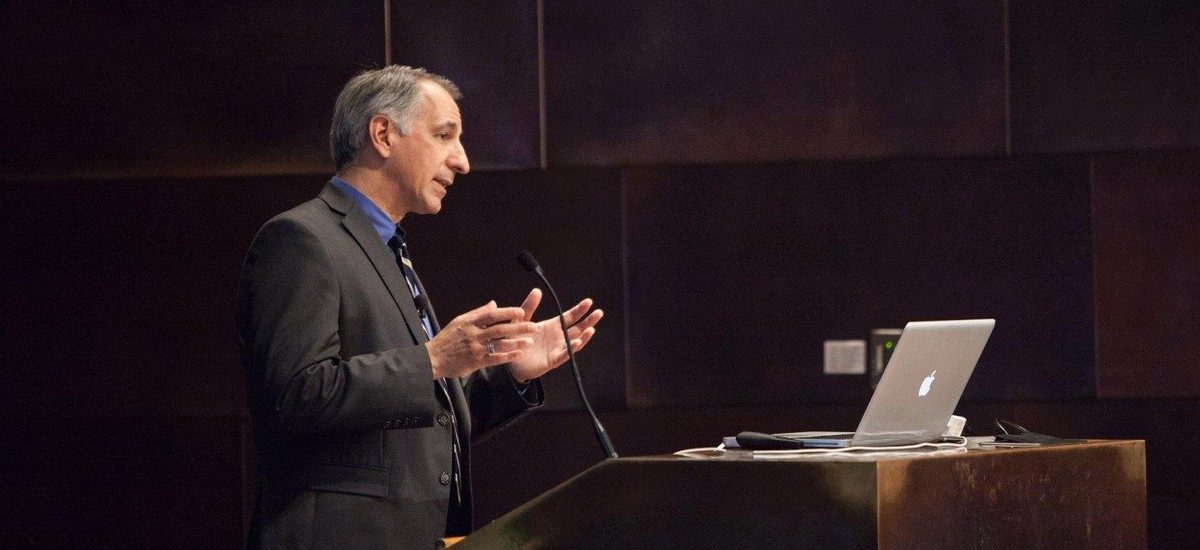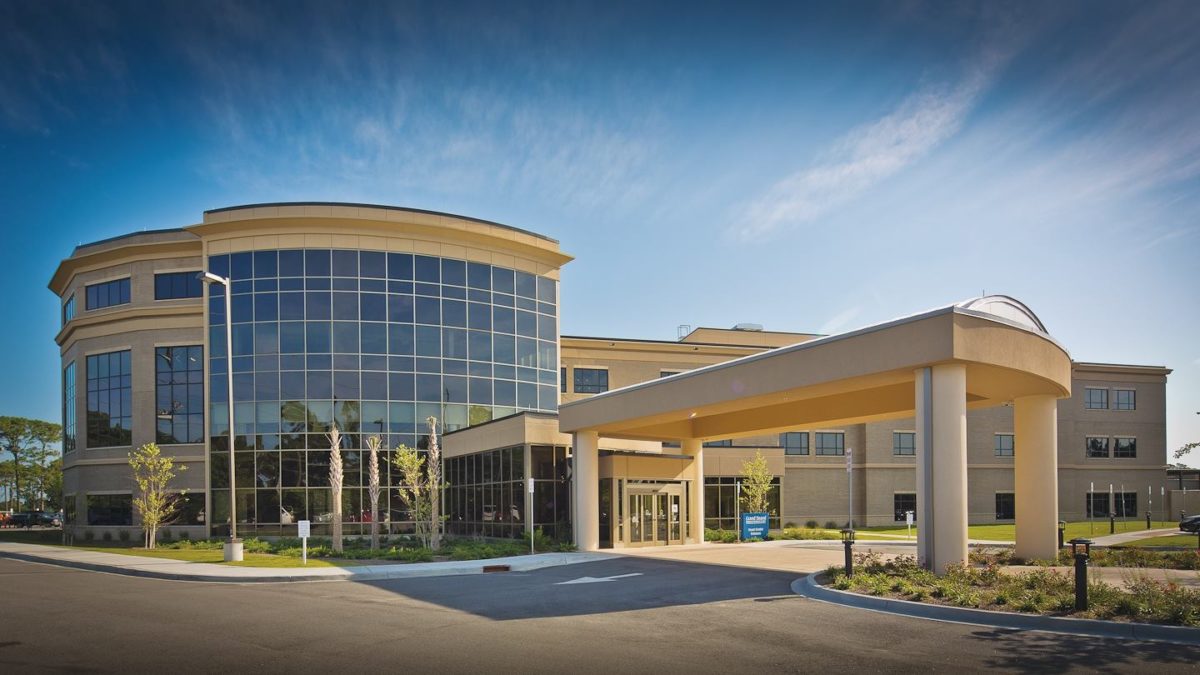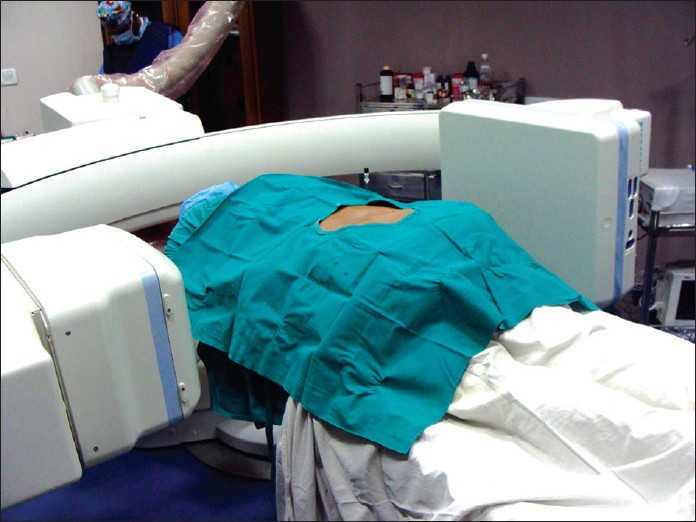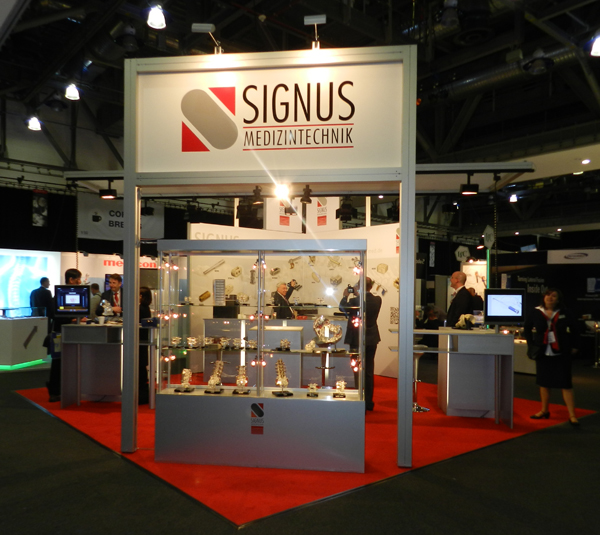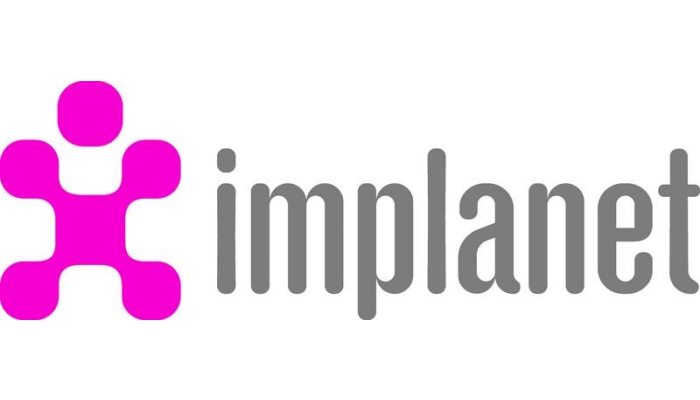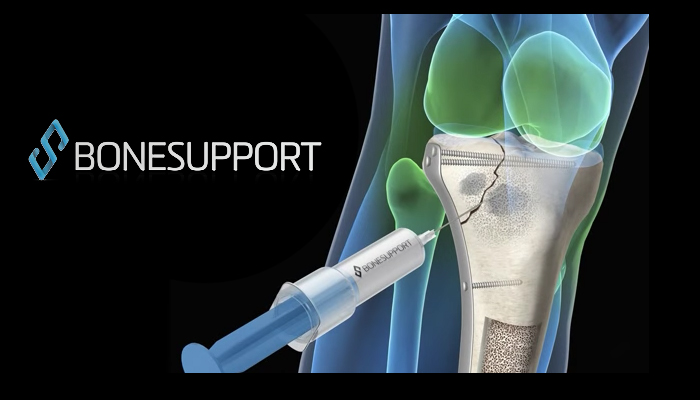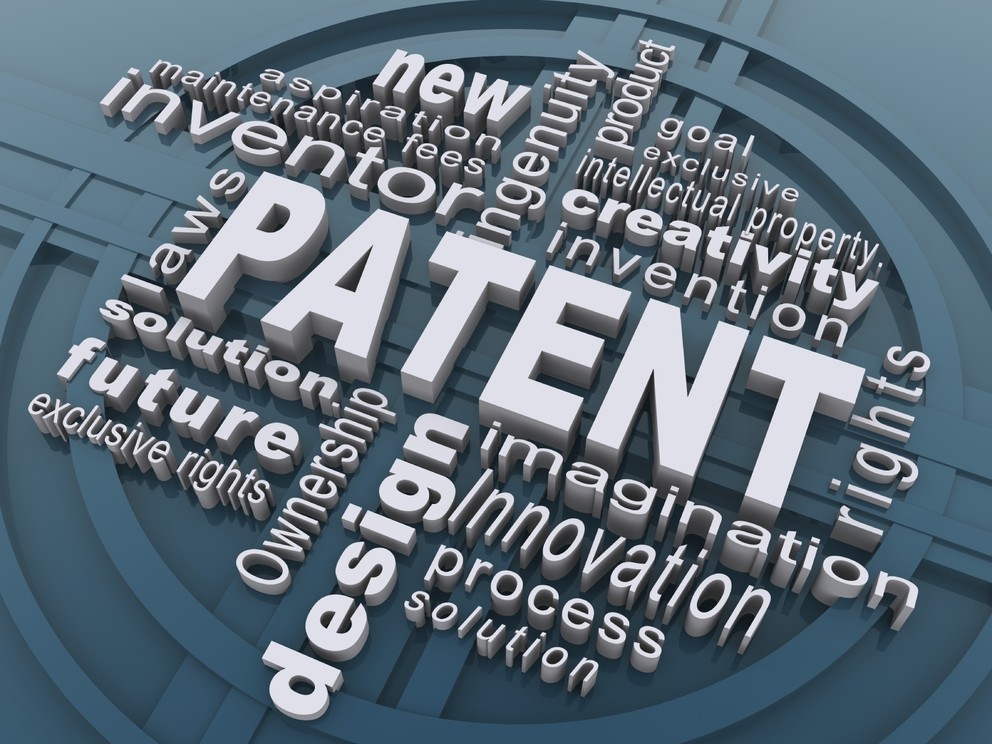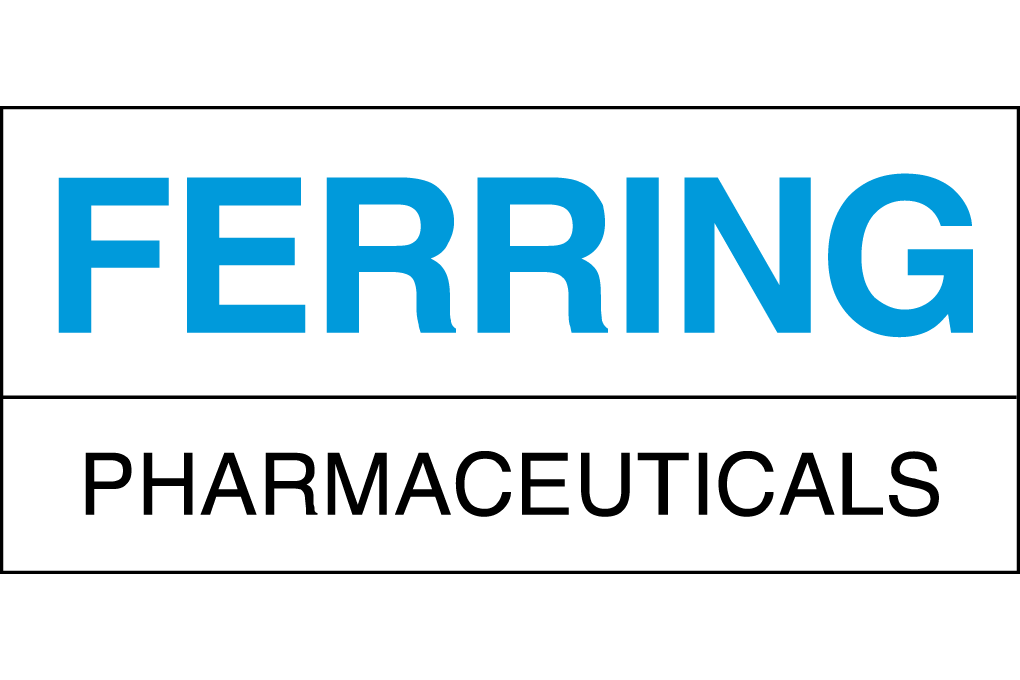Published on
Last year, I wrote an article called The Distributor Dilemma. Fortunately, the article received very positive feedback so I thought I’d write something else to further elaborate on a few key points. If you didn’t want to take the time to read (or re-read) my previous post, here is a quick recap:
As a manufacturer, you have to differentiate yourself from the competition to prevail at the end of the day. There are obviously a few ways to do that but they generally fall into one of two categories. The first is manipulation. That isn’t as sinister as it sounds. You can differentiate by using manipulation via price cuts, increased commissions, sales inducements, etc. These can be effective but are generally not sustainable and transition the relationship with your distributor from relational to transactional.
The second way you can differentiate is through inspiration. At first, that sounds fairly altruistic, but here is my explanation. You can inspire a business partner through uncommon customer service that makes their job easier, unparalleled support in helping them develop their business to achieve their own personal goals and/or a true alignment in goals and objectives.
UNCOMMON CUSTOMER SERVICE
Every single company does their best to service their customer. I am a firm believer that no one in the professional world would wake up each morning with the intention of alienating the very customers that help them grow. If that is true, why do so many distributors have such legitimate gripes with the manufacturers they currently represent? It is my analysis from working with many companies, some with great reputations of working with their distributors and others that can’t say the same thing, that the fundamental issue here is knowing who the real customer is.
A spine company with an independent sales force has to view its primary customer as the distributor because they are the one with the key relationship. They are the ones that you want to approach a surgeon with their head held high and excited to have the honor of representing you. Without that level of enthusiasm, the sales process if often reduced to “Hey Doc, what do you think of this widget?” and that isn’t compelling at all.
Here are a few quick questions you can ask yourself to determine if your customer service is a positive for your sales story or if its holding you back?
- Do we have a good game plan to ensure that we can support any surgery with implants, instruments and technical guidance if necessary?
- Do we equip our field sales agents/reps with well-made demo kits to help turn a lecture into a show and tell?
- Does our company have a cohesive and easily understood marketing strategy?
- Once we have signed up a distributor, what is the specific process we use to help ensure they have everything they need?
- Once they have obtained interest from a surgeon, how do you support them throughout the hospital approval process?
- What kind of communication do you expect from (and offer to) your distributor customer?
If you are unsure how your process works compared to others in the industry, feel free to reach out for a quick conversation. I have a strong passion to help companies succeed in this space and have been granted the gift of perspective to help you potentially avoid trouble that is in your blind spot.
UNPARRALLED SUPPORT IN HELPING THEM DEVELOP
Anyone that has seen the changes in how manufacturers engage with distributors for the past 10 years can see an almost seismic shift. Companies used to want to find a distributor organization that could support a large geographic territory. These distributors took on the risks of hiring sales reps to develop the geographic territory on your behalf. This type of distributor might still be present for the larger, full line companies but if you are a smaller manufacturer with a niche line or gaps, they aren’t interested in you. So now what?
What you have the ability to capitalize on is that many of these distributors trained reps that later figured out that they can make more than 7-10% on an ever shrinking territory by signing up with a manufacturer directly. By doing so, they could almost quadruple their income and reduce their workload by 50%. We call this type of “distributor” a rep principal. What most manufacturers would say about this type of distributor is that they follow the path of least resistance in selling new products and services. What I think is that they are incredibly hard working individuals that are so focused on protecting the relationship with their surgeons that they are very careful to put that at risk for a company that might not be here next month. (Example: see LDR Spine distributors)
To be able to properly entice and support a distributor, you must first understand who they are and who they want to be. That may sound overly simplistic and I agree that it probably is. However, it is just the starting point. Understand where they want to be and offer help to get them there. Here is a short list of the most frustrating things distributors have to deal with:
- Manufacturers want them to do all the heavy lifting to get products approved in their hospitals without any longer term commitment or up-front investment.
- Sometimes products aren’t available when they need them and the person that bears all the political responsibility for such a failure is the distributor.
- Due to the cost of sets, there is usually a shortage so companies want the distributors to be a team player and ship them to other locations without any real incentive to do so outside of goodwill.
Those are the most commonly complained about issues and I have to say, I totally get it. Take your time to understand their market and realistic possibility. Unfortunately for the manufacturer, the burden falls upon you and if you don’t support the distributor customer, someone else will be happy to. Also, consider looking into Ortho Sales Partners (www.orthosalespartners.com) to see the offerings they can provide on a consulting basis to help you and your distributor customer navigate the approval process in a win/win fashion.
ALIGN GOALS AND OBJECTIVES
Ok, so this one is the biggest no brainier, right? If you both have the attitude of selling as much product as possible, that sounds like alignment but you might be worlds apart. How do you sell? How do you communicate? How do you support?
Transparency is a very important part of goal alignment. Companies often believe that they deserve to know every detail of a distributors business, which is a fact that most distributors will reject emphatically. Often times there is way too much scare tissue from previous experiences. Again, let’s look at the recent acquisition of LDR Spine. It’s my understanding that LDR had somewhere around 100 distributors in the field. All of them had tremendous success in helping the company grow to a $1 BILLION acquisition by Zimmer Biomet. What was their thank-you you ask? One day they received a call from a ZB AVP letting them know they are excited to work together and that they need all the historical data of their users and current inventory on hand. It’s obvious to everyone why they wanted that information. ZB has large scale geographic distributors. The LDR guy is not going to win that battle so they are beginning the transition process. So if you are that distributor, you can either comply and hand over your hard earned customers or you can quit on the spot and begin the hunt for another product line to replace that revenue. Neither of those options sound particularly enticing to me… you?
As a company, you must be sensitive to those situations and the stress that adds to the distributors business. If you invest in their business and give them tools that they can use to immediately succeed on your behalf, but also makes them a better distributor in the years after a potential take-out, you are all better off because of that relationship. A few things you could offer outside of standard points that will provide the distributor with long-term tangible value:
- Sales skills development training. Most companies offer clinical training for their products, but what about a training program that helps develop the person and makes them a more effective sales agent.
- A software infrastructure that will help them more efficiently run their business and eliminate mistakes. (Check out Surg.io)
- If the distributor is on the right track, offer an incentive to help them afford hiring an associate/cover rep. The distributor is the rainmaker and needs to spend some time in the OR, but if he’s in the OR every single day, he’s limited in his ability to find new opportunities.
WRAP UP
I am completely aware that when you read articles like this, things can come across simplistic and elementary. My intention in writing these things is to make you take 10-15 minutes to think about how you view and treat your distributor customers. If you are experiencing great success, keep doing what you are doing! If you find yourself at times frustrated that it seems like you are spinning your wheels, then re-evaluate. You might need to change the way you are doing things.
I don’t think the answer is always “more points”. It is my conviction from the years I have spent in the business that if you can out-service, out-support and align your goals, you will see dramatic improvement in the relationships you already have and that will quickly lead to new business opportunities. If you’d like to speak with me, please reach out via private message or email me at js@orthospineco.com. I am always interested in helping work through these complex challenges and provide any support that I can.


